In Issue #110 of Singletrack Magazine, David Hayward delivered us his review of the brilliant Stif Morf
After discovering the joys of full carbon, full bounce machines, I’d fallen out of love with long travel steel hardtails. They were arguably invented here in Yorkshire, and they do make sense in a place where winter is made from component-destroying gritstone paste, the ground often vertical and the rain horizontal. As the nights draw in, my mind turns back to mechanically simpler bikes less vulnerable to weather, and for the past few months, the Morf has been reminding me how good they can be.
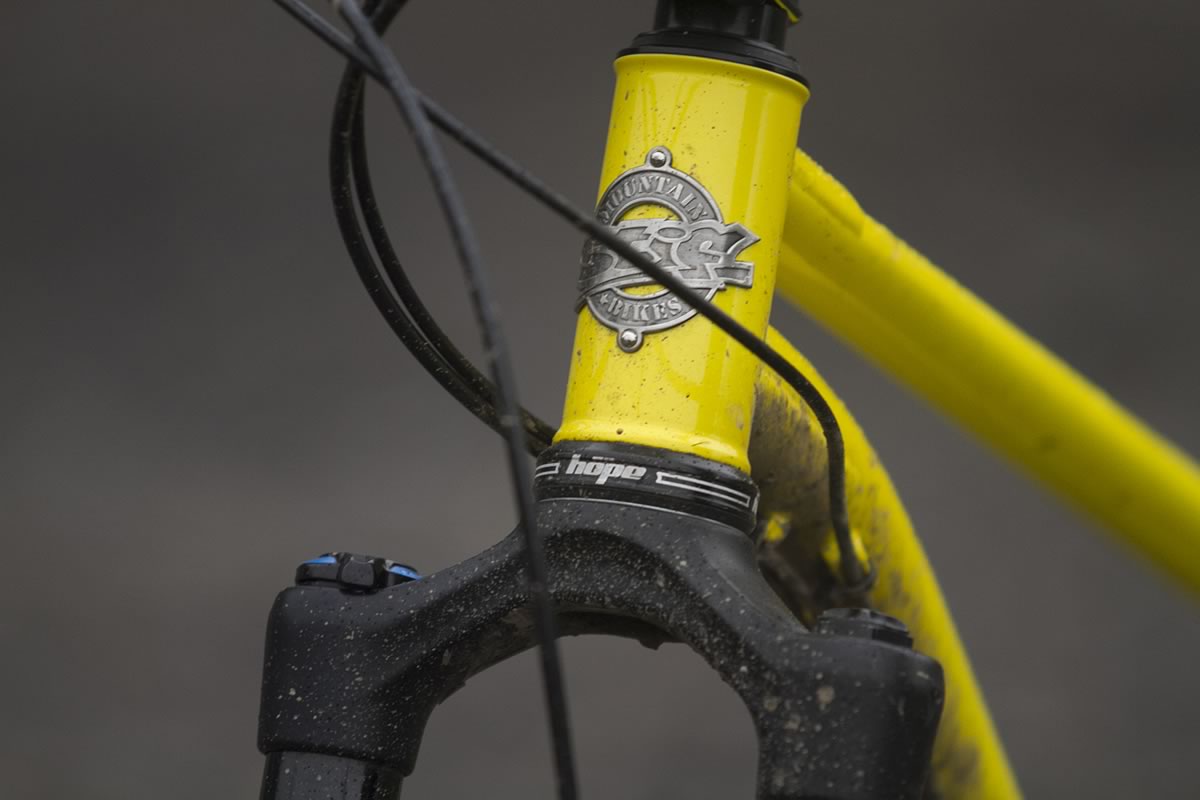
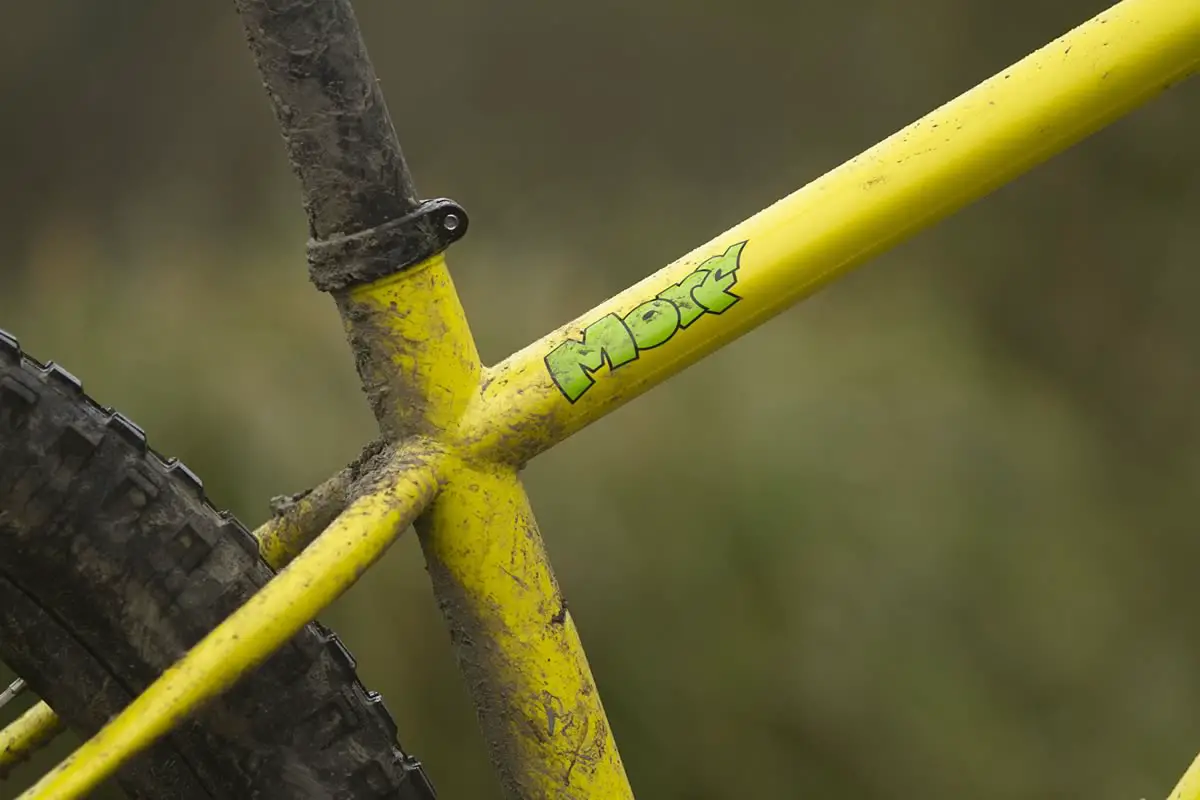
The temptation when building a bike like this is to go for the longest fork possible, the result generally being an invincible feeling front end tethered to a manic arse. That kind of riding can be fun, but instead of the cartoony or barely controllable feel of some bikes when you let them loose, the Morf gets there in a remarkably balanced way with a 130mm fork.

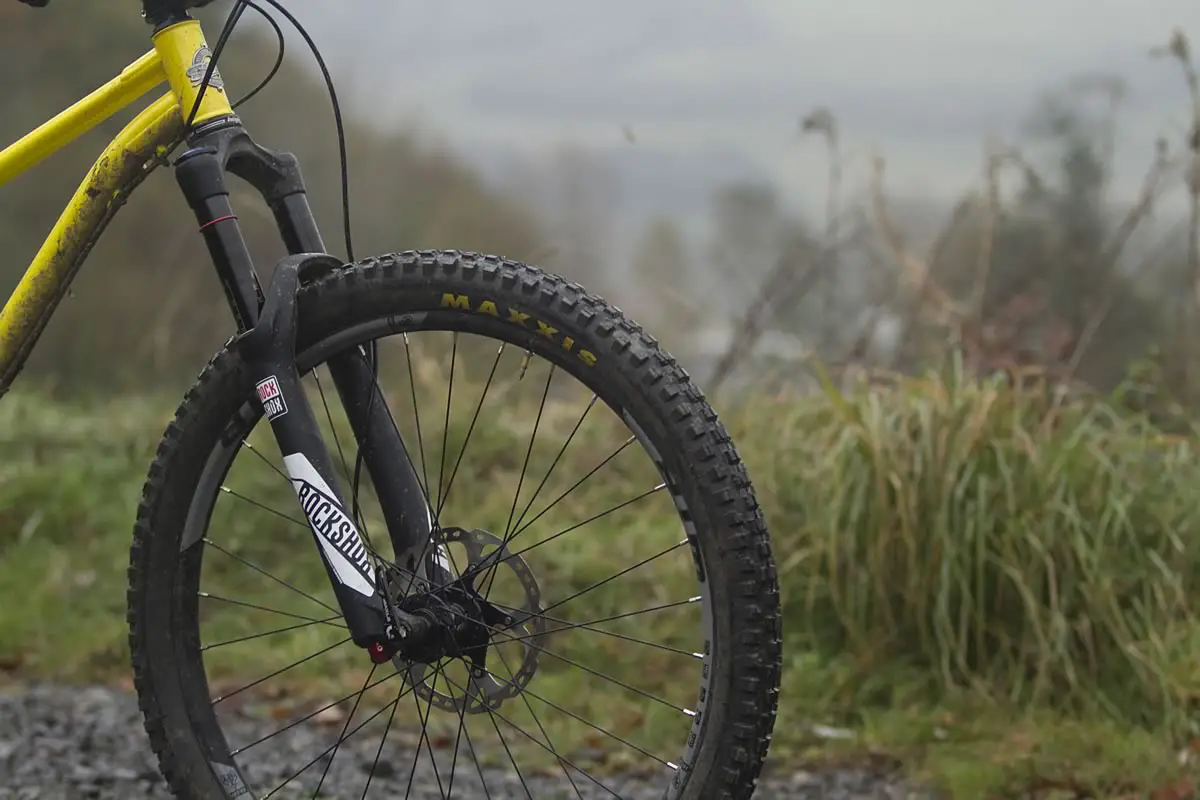
The Bike
The frame is 4130 cromo, with ovalised stays and top tube to give it a bit of flex. The stays look delicate but terminate at sturdy, 142mm thru-axle dropouts. It’s 1x specific, and sizing is short, medium, long. Even the short is relatively long (24.2in ETT and 425mm reach) and extremely low slung, with the upper tubes drawing an almost straight line from head tube to rear axle. That leaves a lot of seatpost showing, and a quick measure from cable port to seat showed I could probably run a 170mm dropper.
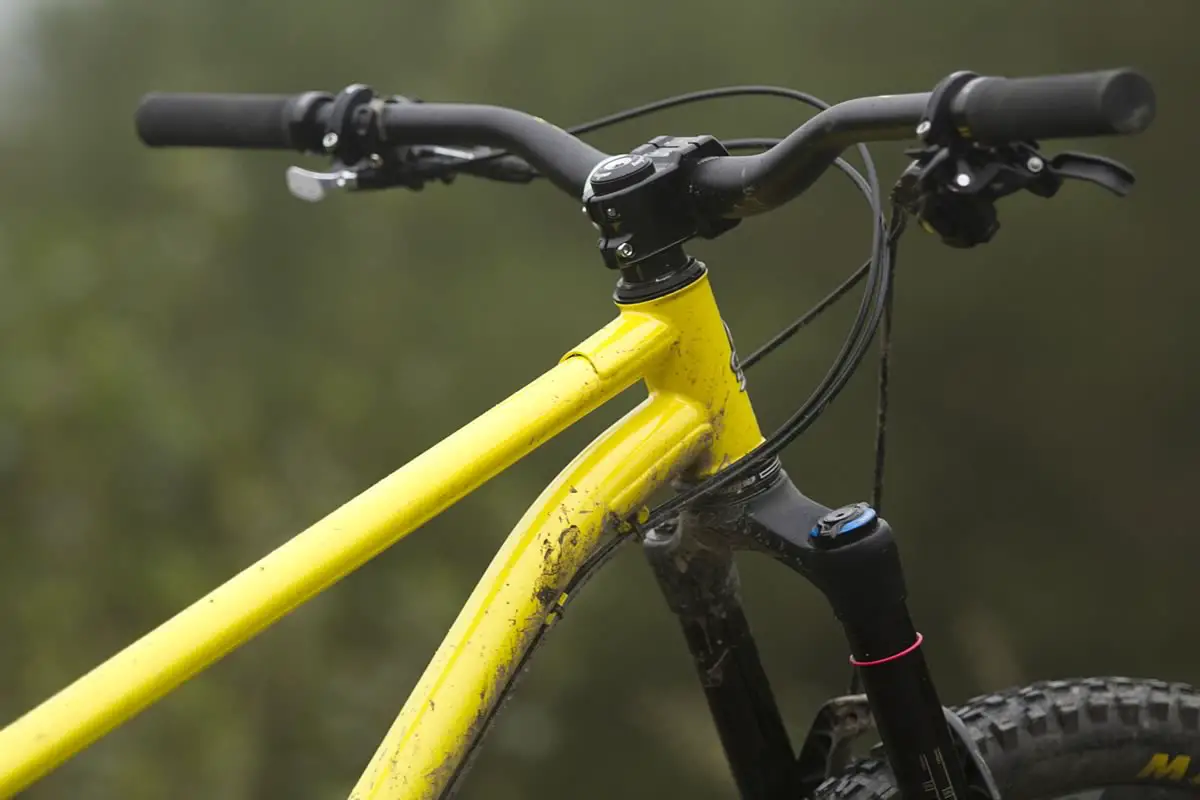

A 42mm bottom bracket drop makes the bike feel super-stable, and despite that it doesn’t pedal strike much either. The headtube junctions are graced with subtle gussets, which like many features of this frame are just there enough to make it feel burly without pushing it into Russian tank territory.
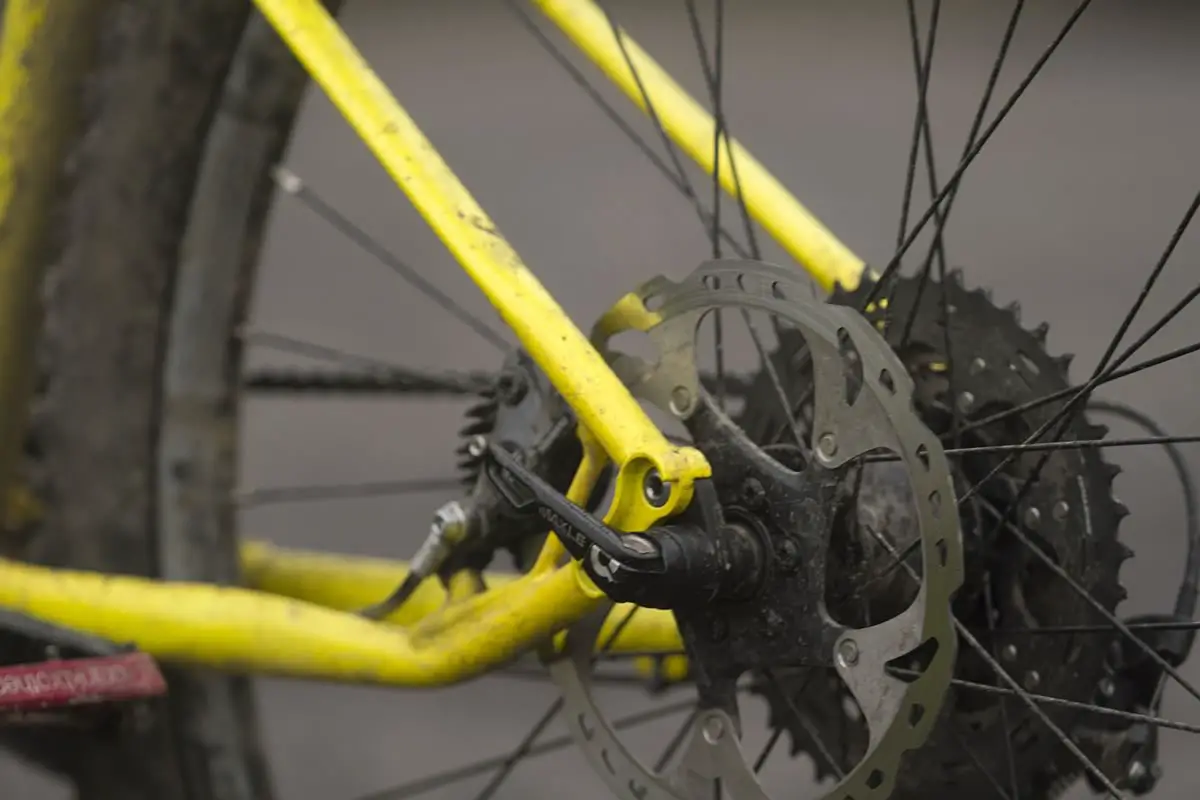
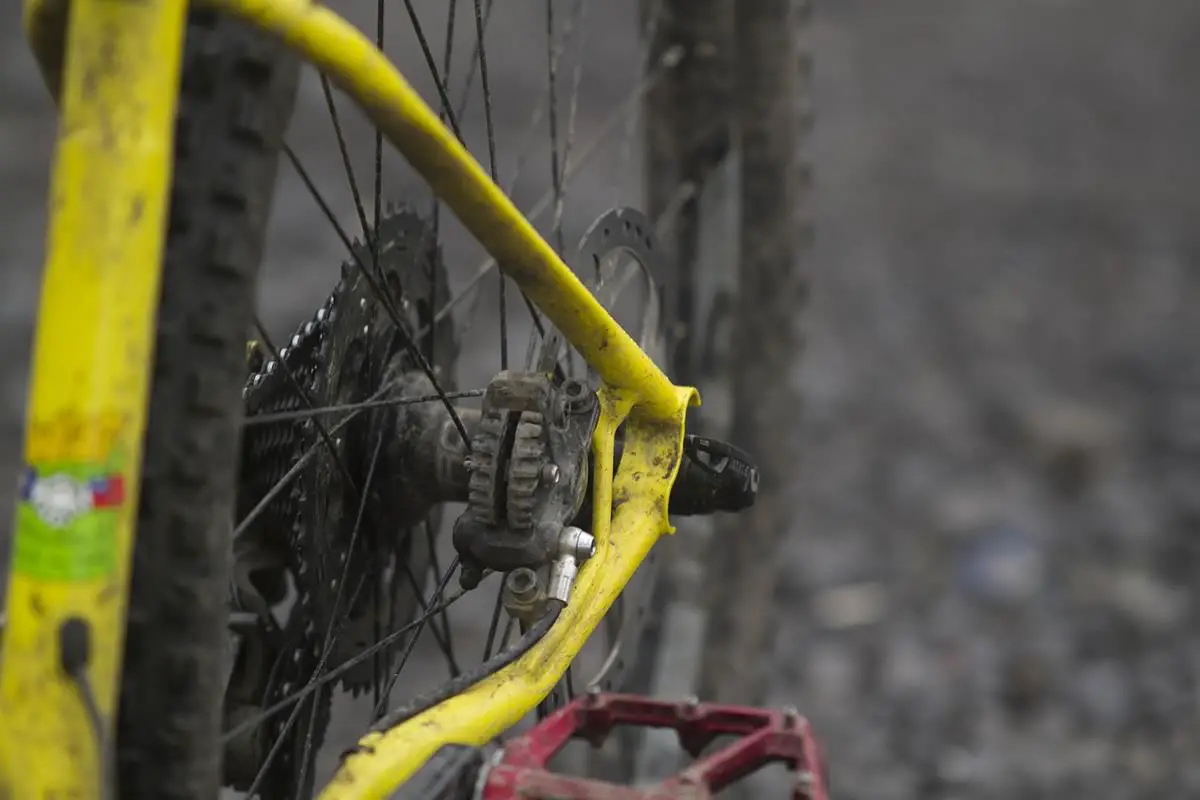
The brake is tucked neatly inside the stays, as designer Brant Richards has done on a few of his frames before. The oval cross section is oriented horizontally on the seatstays, vertically on the chainstays. There’s probably all sorts of potential waffle about stiffness, compliance, etc., but I run tyres so soft I can’t say I noticed this specifically. Also, the patience of friends on the trail runs remarkably thin when you whip out the dial test gauges. It’s a pleasant feeling ride though, up and down.
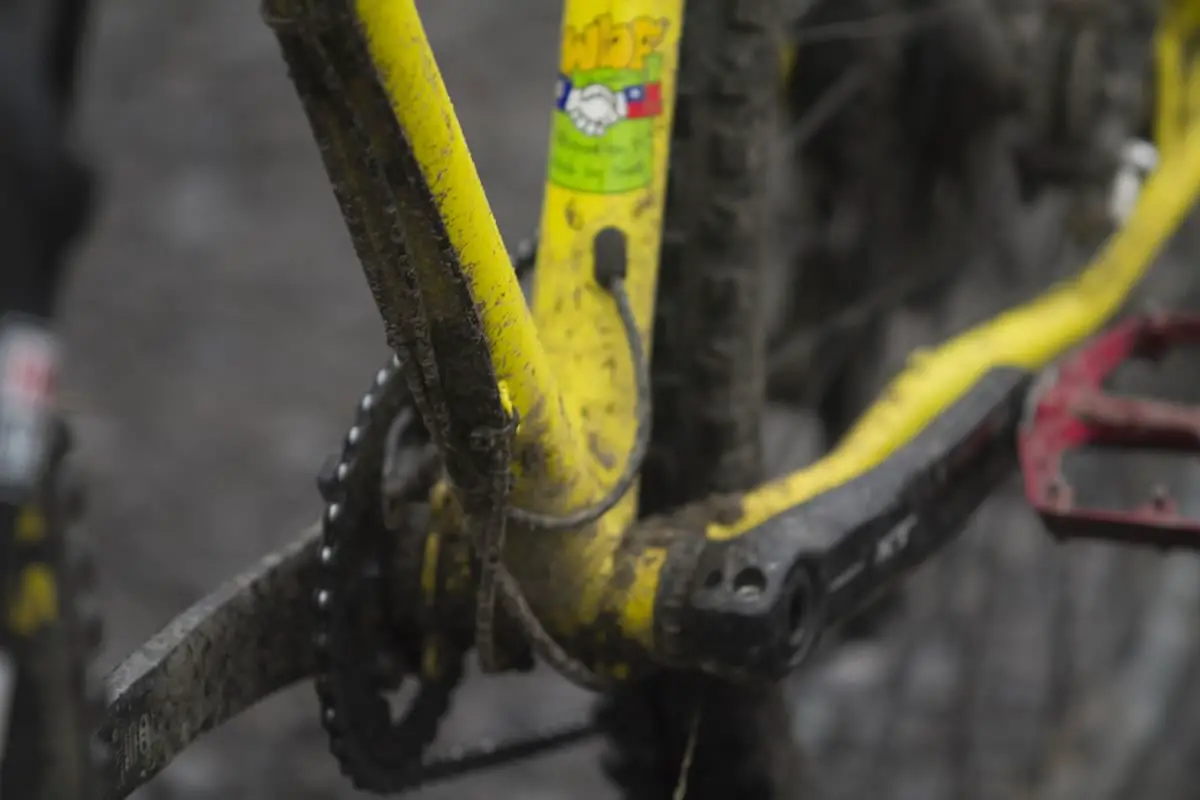
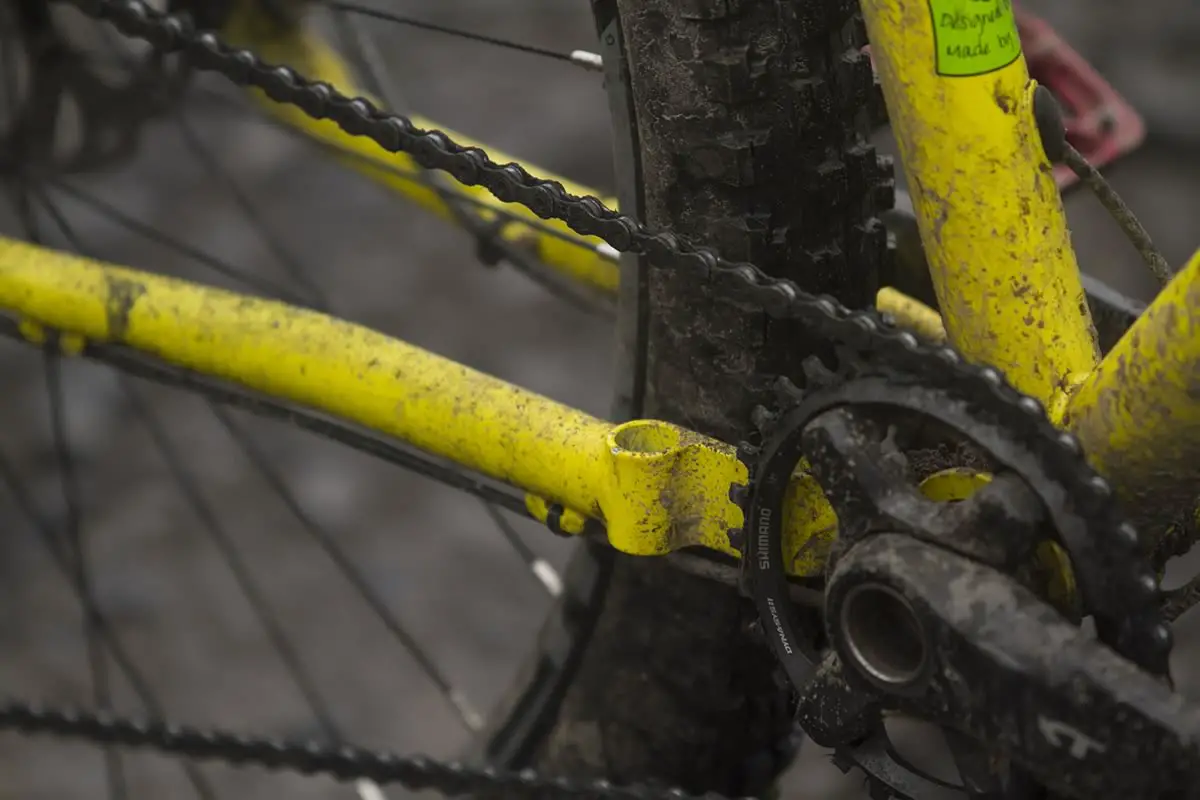
Another Brant thing is external cable routing, with bosses on the downtube and chainstays. The only concession to internal routing at all is a port in the seat tube for the dropper post. Downtube routing always makes me wary of rock strikes, though none took anything out on the Morf while I was riding it.
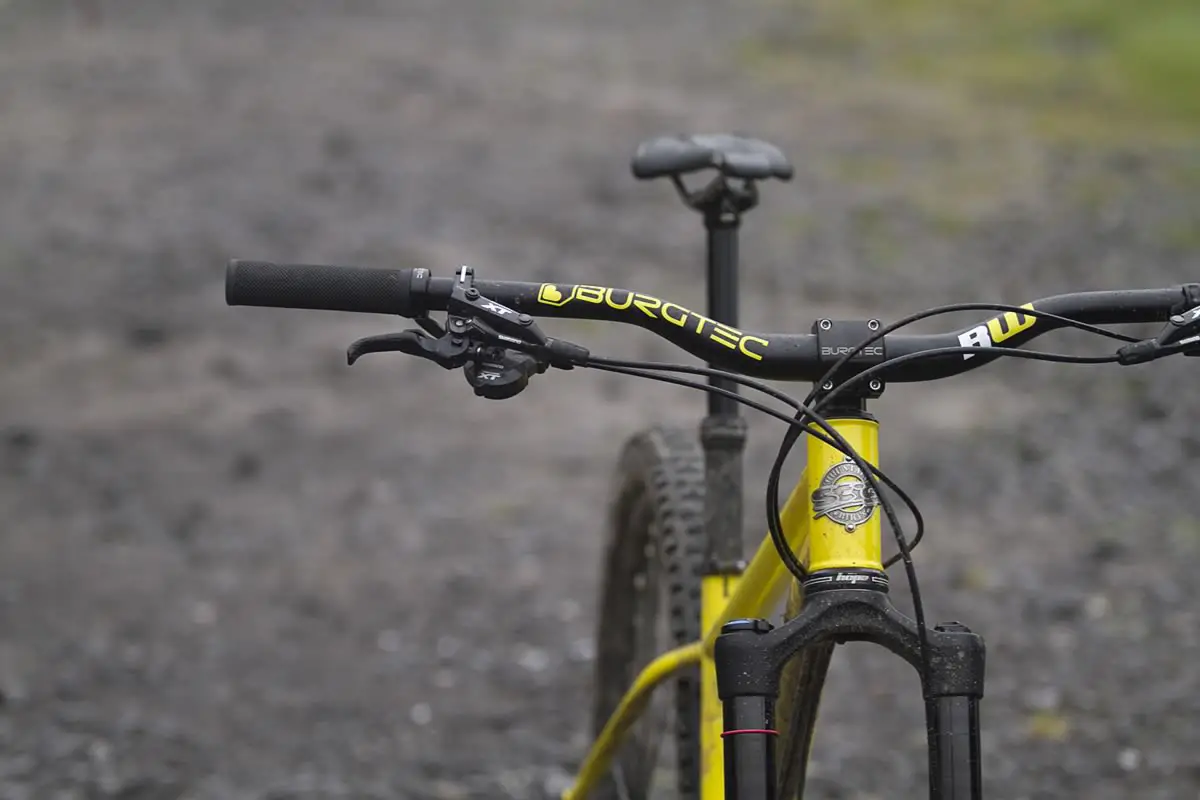
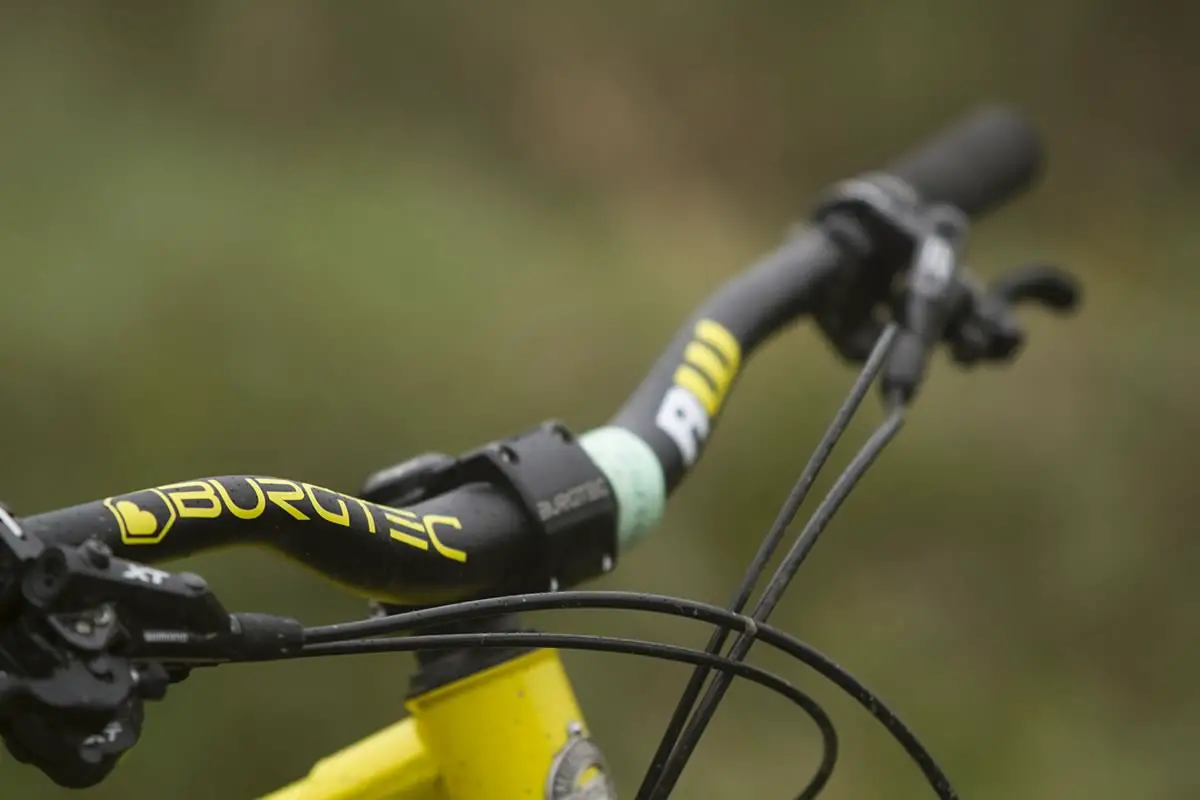
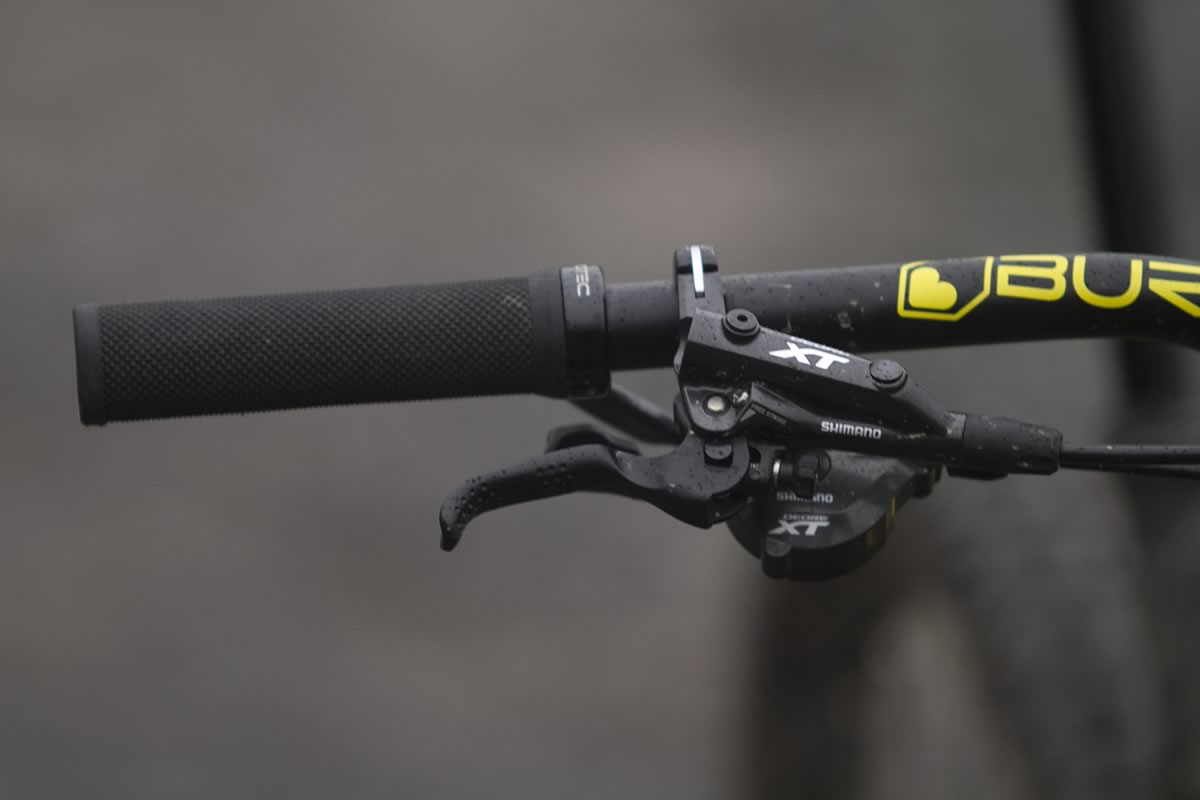
The Burgtec finishing kit is solid and lends to a quality build, with 800mm bars, 35mm stem, and a saddle that looks flatter than it feels. It also has XT M8000 1×11, Hope Pro 4 hubs laced to 25mm internal width WTB rims, and a 150mm KS Lev Integra dropper complete with Southpaw remote. In all, there’s no componentry on it that screams to be upgraded; everything is well chosen and it even arrived tubeless.
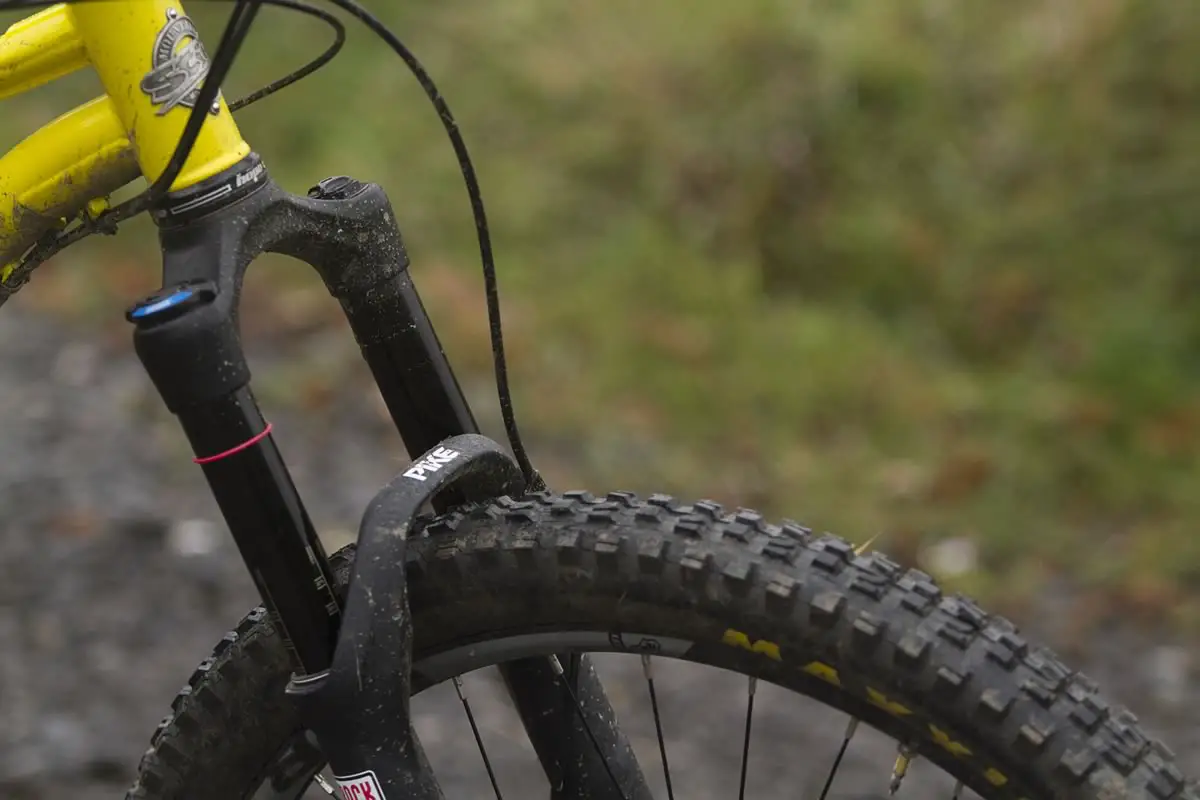
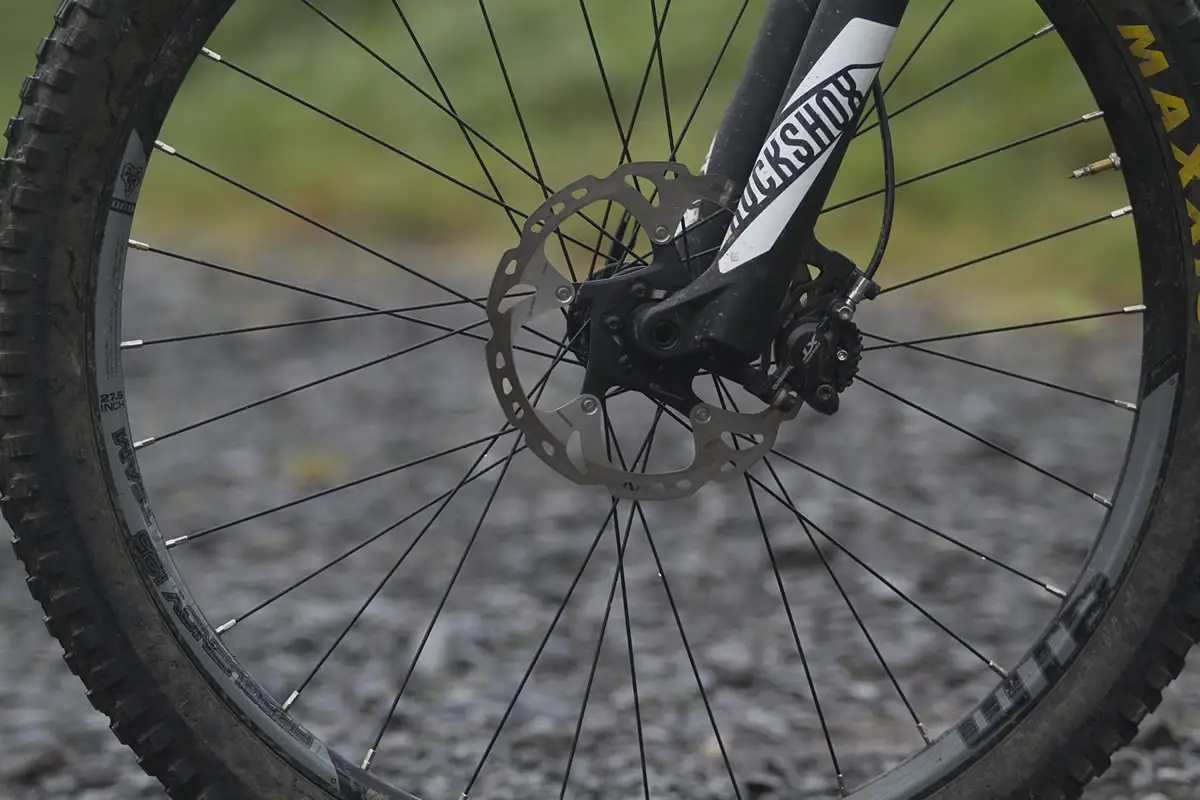
The tyres are the only thing I’ll pick on: Maxxis Minion DHF front and back seem a weird choice for UK conditions, particularly when riders here tend to use hardtails as winter bikes. They don’t shed mud brilliantly, and are infuriatingly draggy on grass climbs. They weren’t so inconvenient I couldn’t bear to keep them on for the test, but if I bought a Morf they’d be the first thing I changed. I might throw four pot brakes on too, but that’s very much personal preference and the 180/180mm XT brakes did just fine.
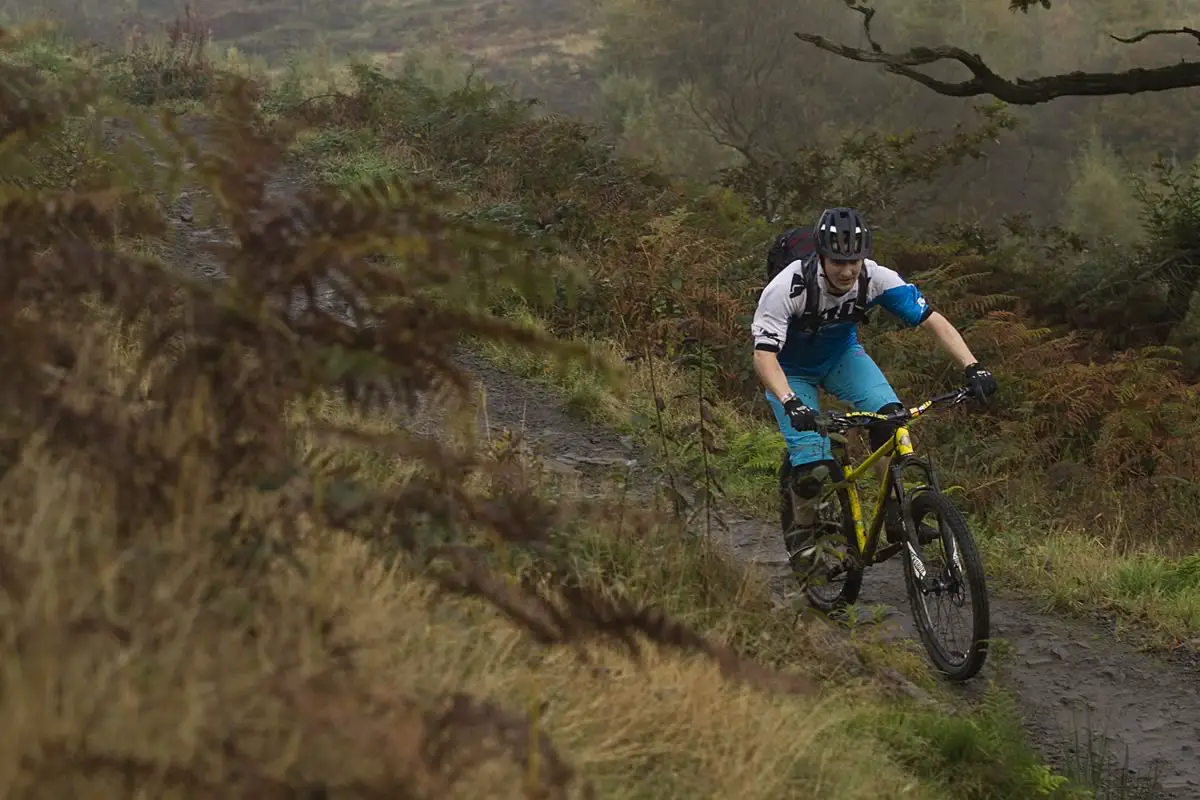
The Ride
The first ride felt harsh, until I found our review bike had shipped with two bottomless tokens in the fork, so I took one out. I did also put rim protection in the back, after destroying a tyre jumping like an idiot. Apart from that, I left everything at spec for the entire test.
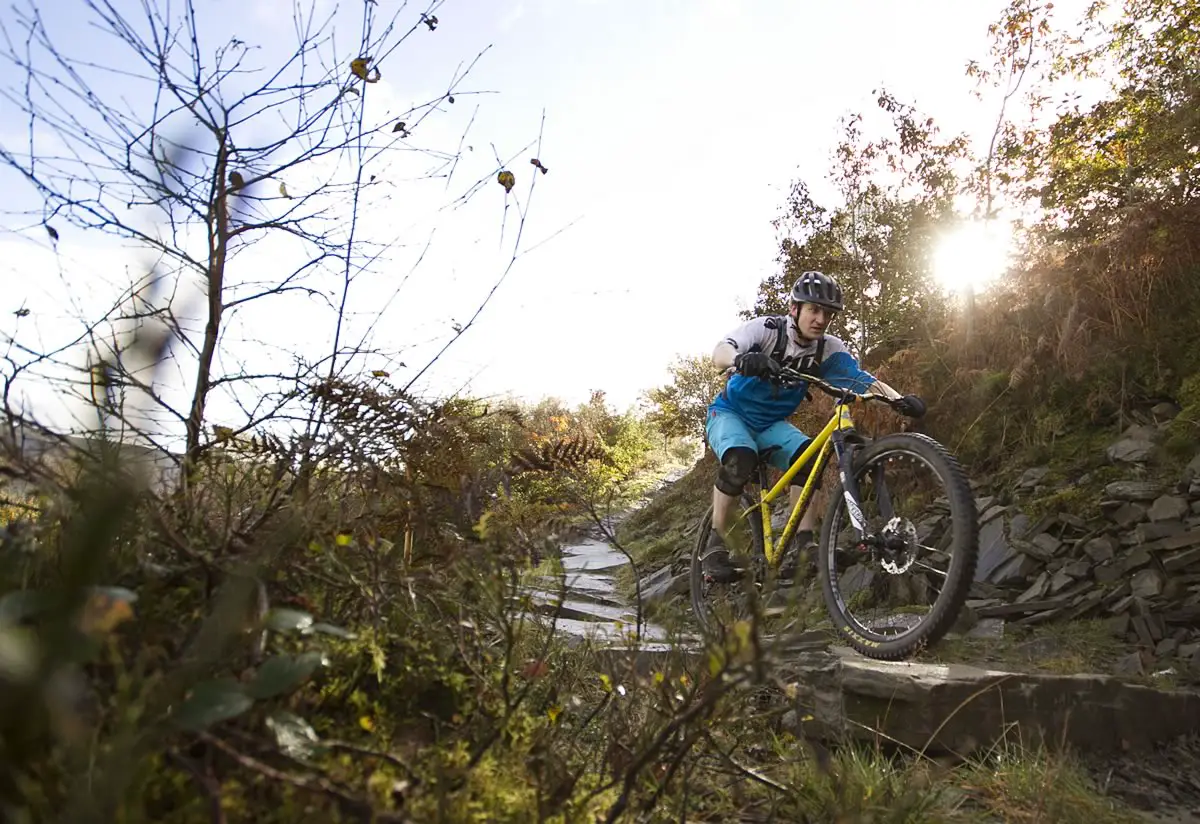
I’m not the kind of person who pores over geometry diagrams before riding a bike. After a few months on the Morf, I went back to the spec sheet and was surprised to see it has a relatively conservative 130mm Pike up front. I’d been assuming it was slightly longer, and the Morf did nothing to disillusion me. Coupled with the slack 65° head angle and short chainstays, it’ll happily fly down most descents, and feels like more bike than it looks on paper.
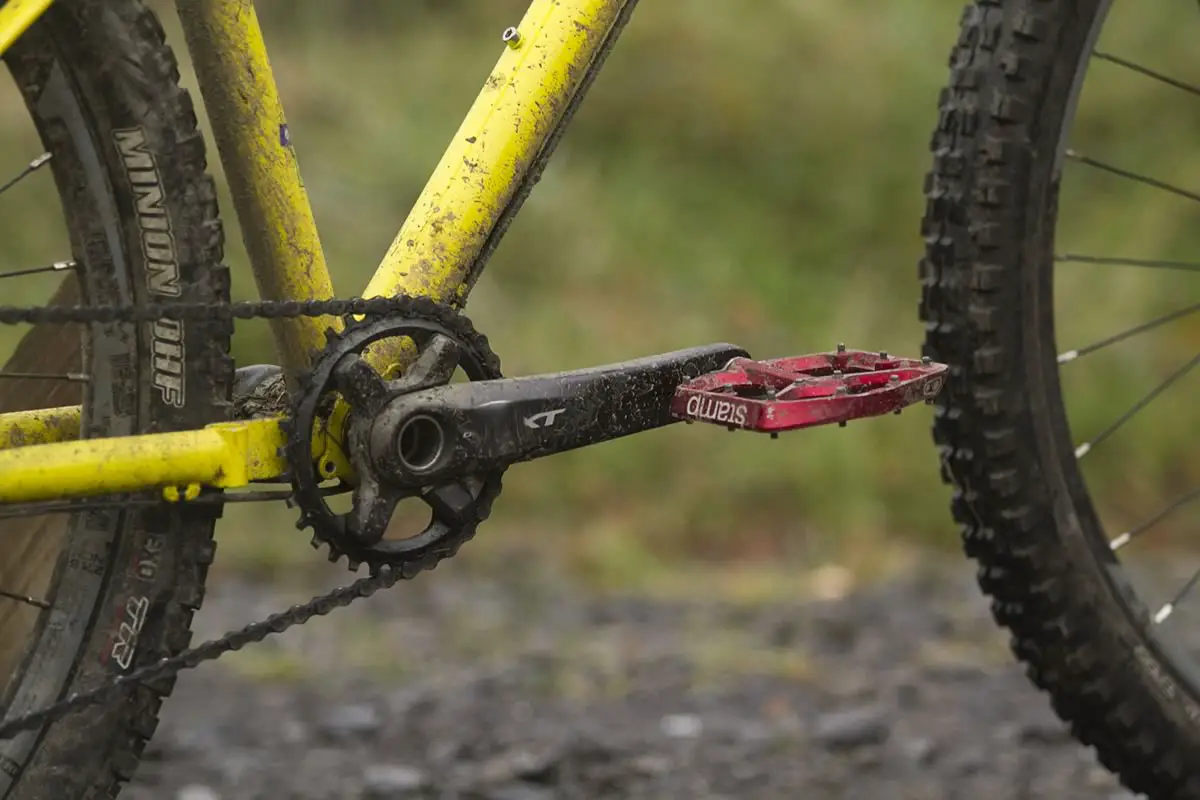
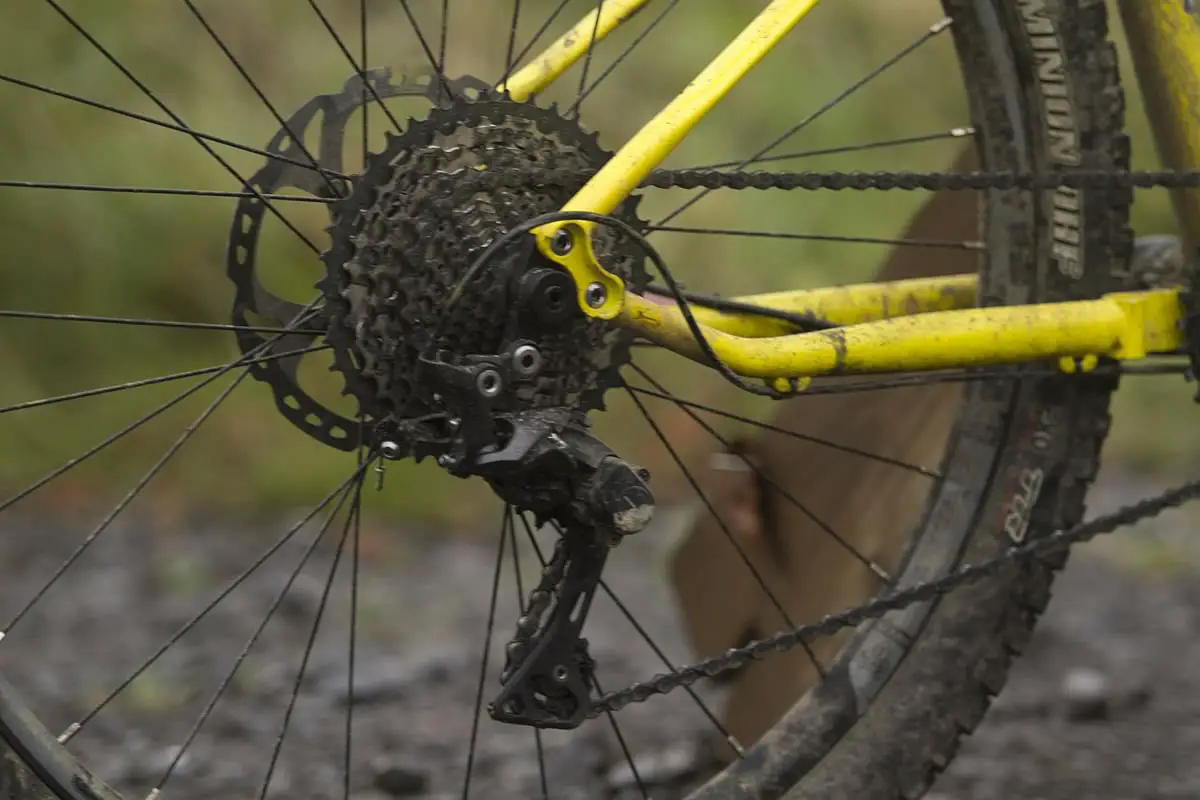
Overall
Avoiding cartoony extremes, the Stif Morf is a good all-rounder with a slight bias to descending. The low-slung frame begs you to slam the seat, and when you do, this bike rips. I’m slightly embarrassed that I’ve built worse-riding hardtails than this, with cheaper frames, for more money. The Morf is a lovely refinement that, while pushing modern geometry, doesn’t overcook it.
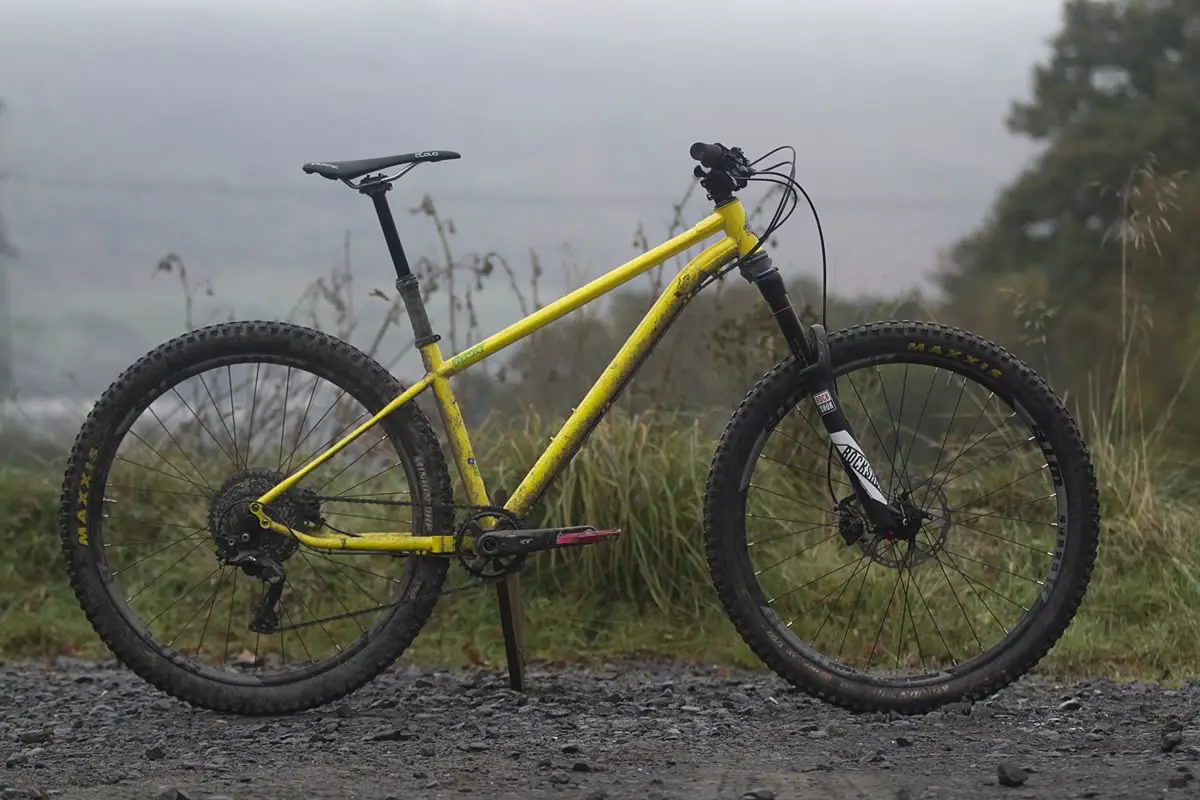
Stif Morf XT Build Specifications
- Frame // 4130 cromoly steel tubing
- Fork // RockShox Pike RC, 130mm Travel
- Hubs // Hope Pro4, 100x15mm Front & 142x12mm Rear
- Rims // WTB Frequency Team i25, Tubeless Ready
- Tyres // Maxxis Minion DHF 3C EXO 2.3in Front & Minion DHF EXO 2.3in Rear
- Chainset // Shimano Deore XT, 32t Direct Mount Chainring
- Front Mech // N/A
- Rear Mech // Shimano Deore XT, 11-Speed
- Shifters // Shimano Deore XT, 11-Speed
- Cassette // Shimano Deore XT, 11-42t, 11-Speed
- Brakes // Shimano Deore XT, 180mm Front & Rear
- Stem // Burgtec Enduro MK2, 35mm Long
- Bars // Burgtec RideWide, 800mm Wide, 30mm Rise
- Grips // Burgtec Lock-On
- Seatpost // KS LEV Si, 30.9mm, 150mm Travel, Southpaw Lever
- Saddle // Burgtec The Cloud
- Size Tested // Medium
- Sizes available // Short, Medium, Long






This thing looks sweet, hoping they make a 29er version.